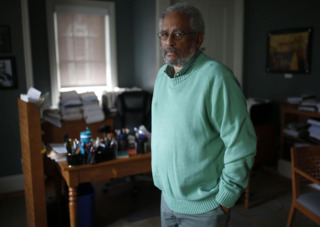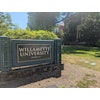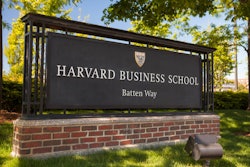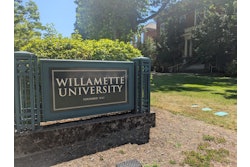Brown University’s groundbreaking 2006 report on the ways in which it has benefitted from the slave trade is getting an update. The university announced the release of an expanded second edition, including essays reflecting on the report’s impact from current and former scholars at Brown, university leaders, and alumni.
Dr. Anthony Bogues, the Asa Messer Professor of Humanities and Critical Theory, and a professor of Africana Studies at Brown, said that the time was right. “It was coming up to 15 years [since the original publication], and there’s a great national conversation [about] our racial reckoning in the United States," said Bogues, who is also the director of the Center for  Dr. Anthony Bogues,the Study of Slavery and Justice at Brown and the editor of the new edition of the report. "Those things created a moment [when] we thought the report should be re-issued.”
Dr. Anthony Bogues,the Study of Slavery and Justice at Brown and the editor of the new edition of the report. "Those things created a moment [when] we thought the report should be re-issued.”
The second edition is available both as a printed book and an open-access interactive website, which allows users to zoom in on photos, illustrations, and documents, and to read transcripts. This allows for close examination of artifacts like building records from Brown’s University Hall, showing that it was built with donated slave labor and a bill of landing for a slave ship sent by the Brown brothers.
However, slavery was hardly mentioned in Brown’s official history in 2003, when then-University President Dr. Ruth J. Simmons announced the formation of a Steering Committee to report on the school’s relationship to the slave trade. The move was controversial, to say the least. “You disgust me, as you disgust many other Americans,” read one letter to the committee.
The committee’s findings were surprising. They concluded that, despite Brown’s status as a northern school with a history of anti-slavery thought, “there is no question that many of the assets that underwrote the University’s creation and growth derived, directly and indirectly, from slavery.”















